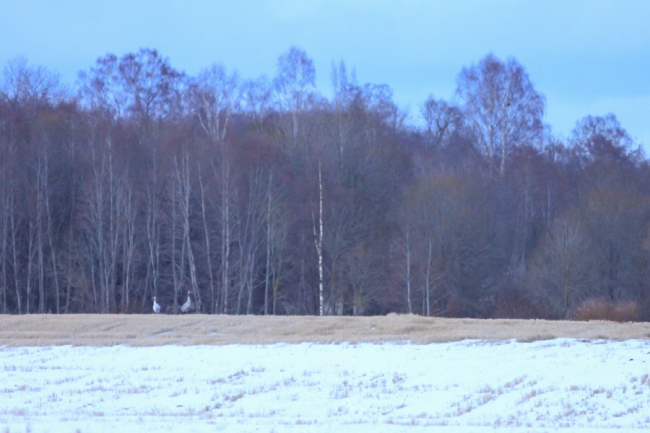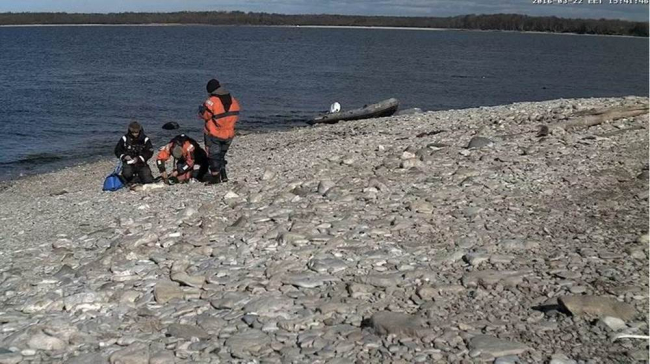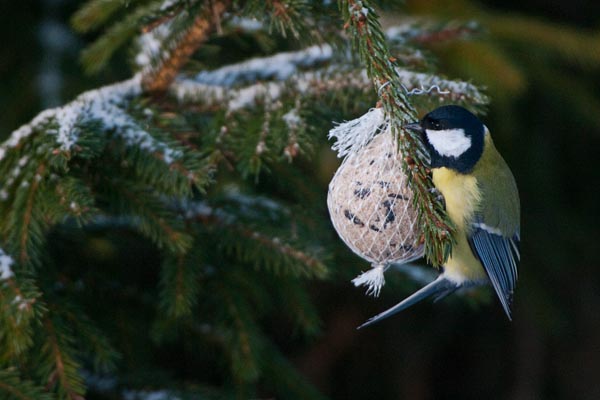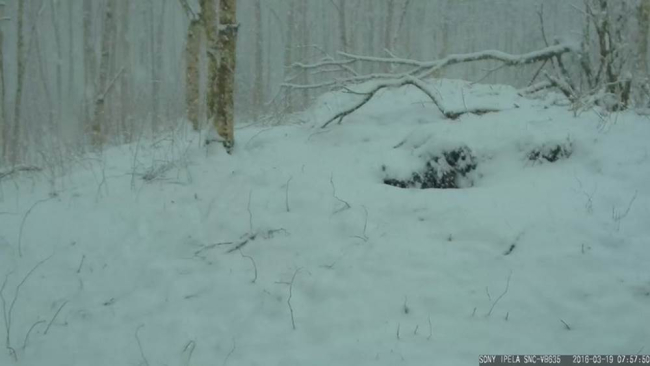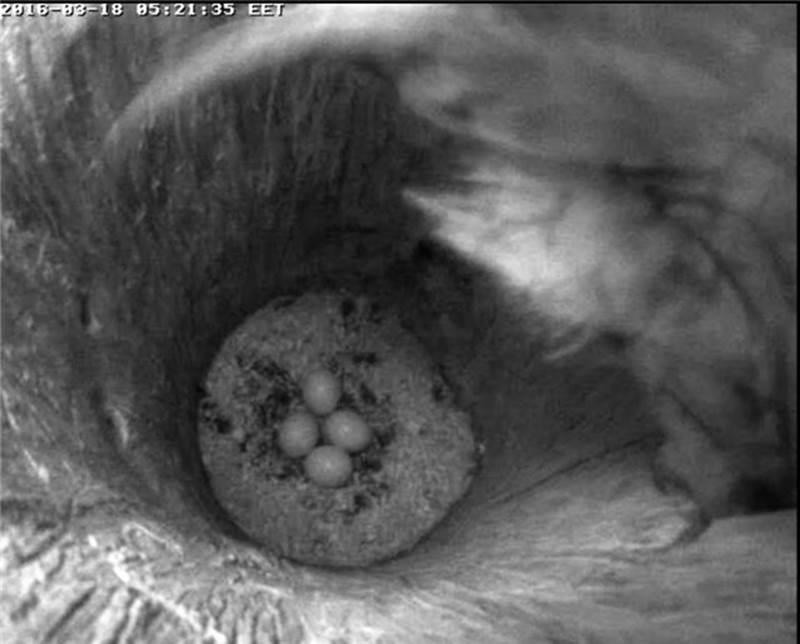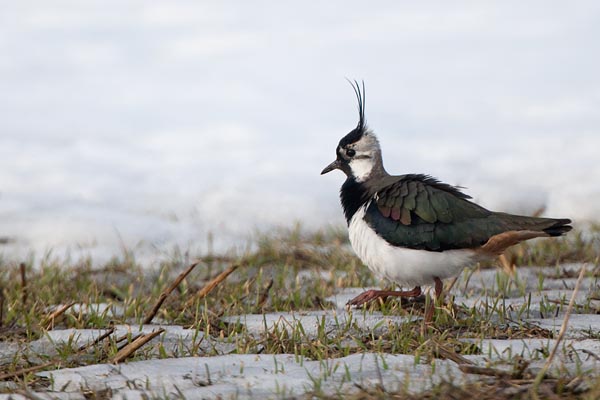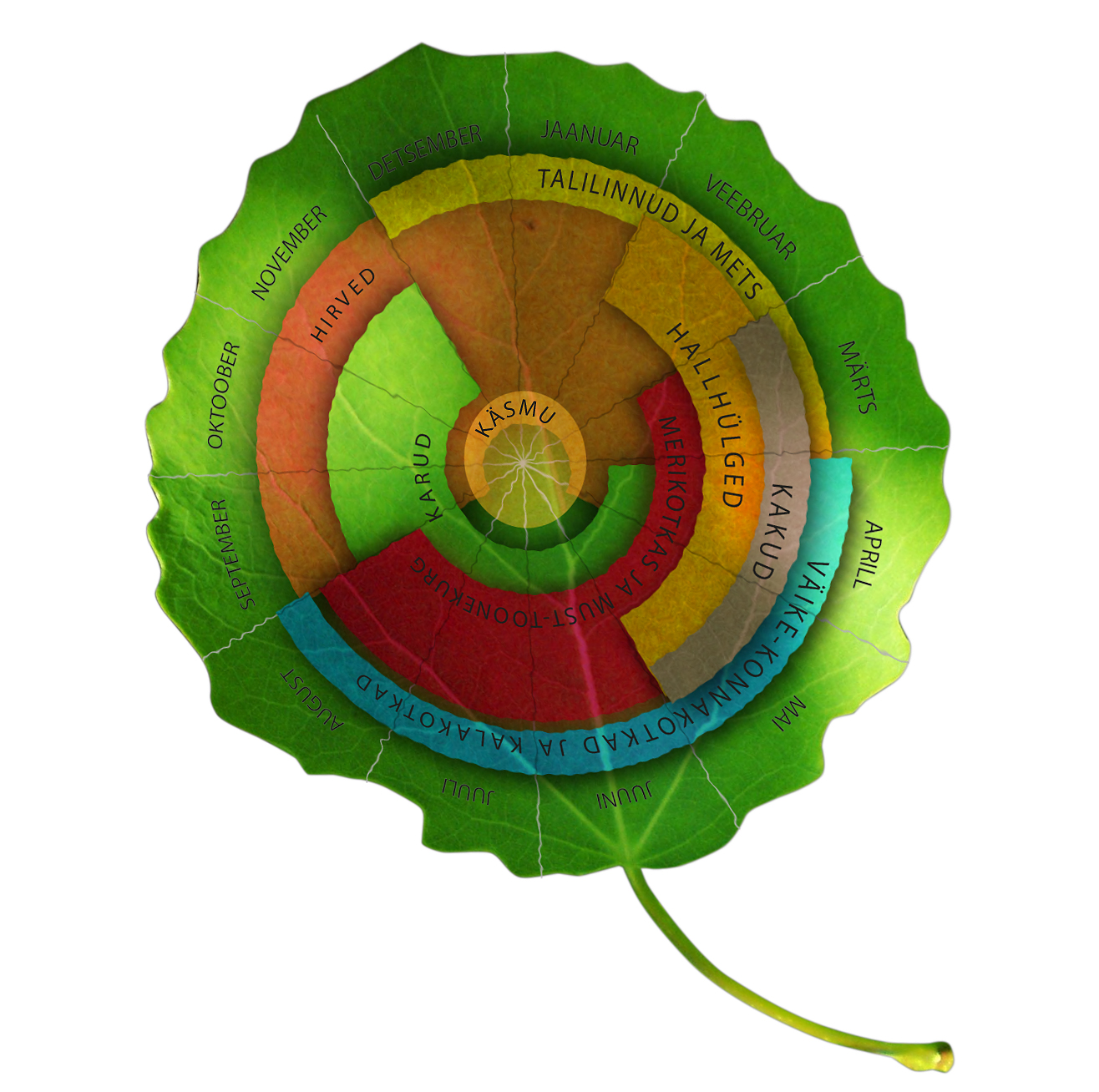Portrait of Klaus
Webcam image captured by Maggy, LK forum
Translation Liis
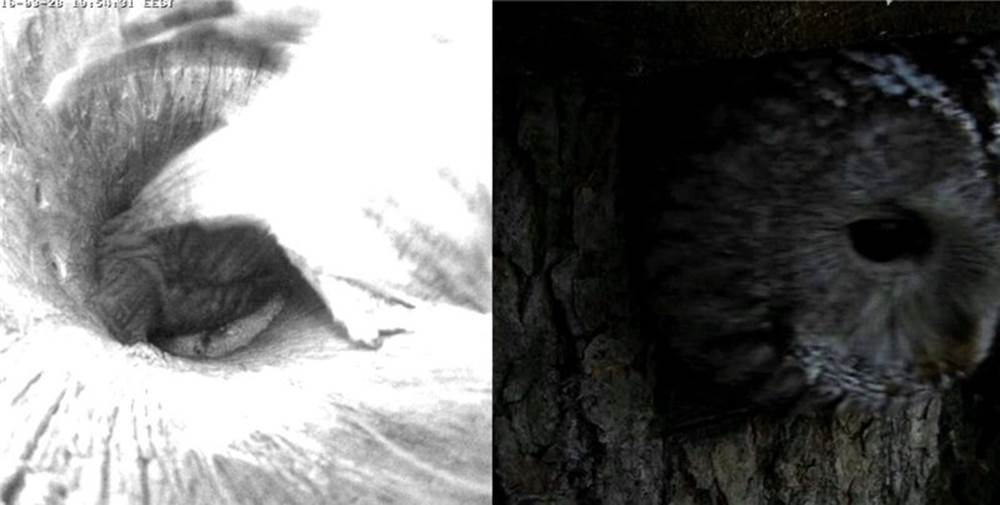
Tawny owl
We see Klaus face-to-face for the first time this year. Usually he makes just a quick visit to bring some rodent to his brooding partner. Probably hunting will be easier för Klaus as warmer weather arrives and the snow thaws. Until now Klaara has been brought about 5-6 rodents every night.
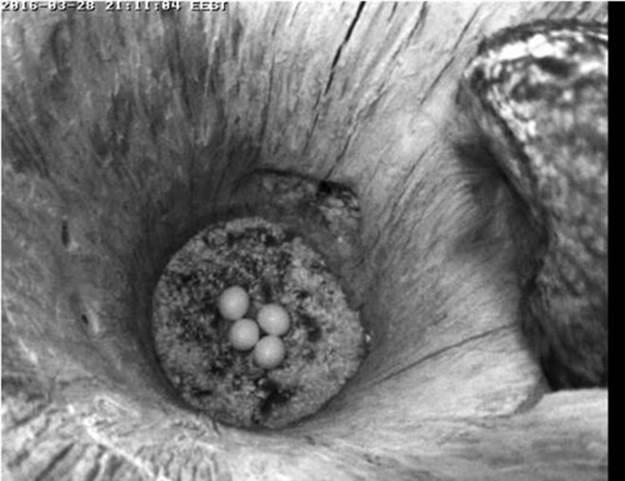
During the night Klaara leaves the nest a couple of times for short whiles – body needs stretching, the nest hollow home is not the most comfortable of places.

